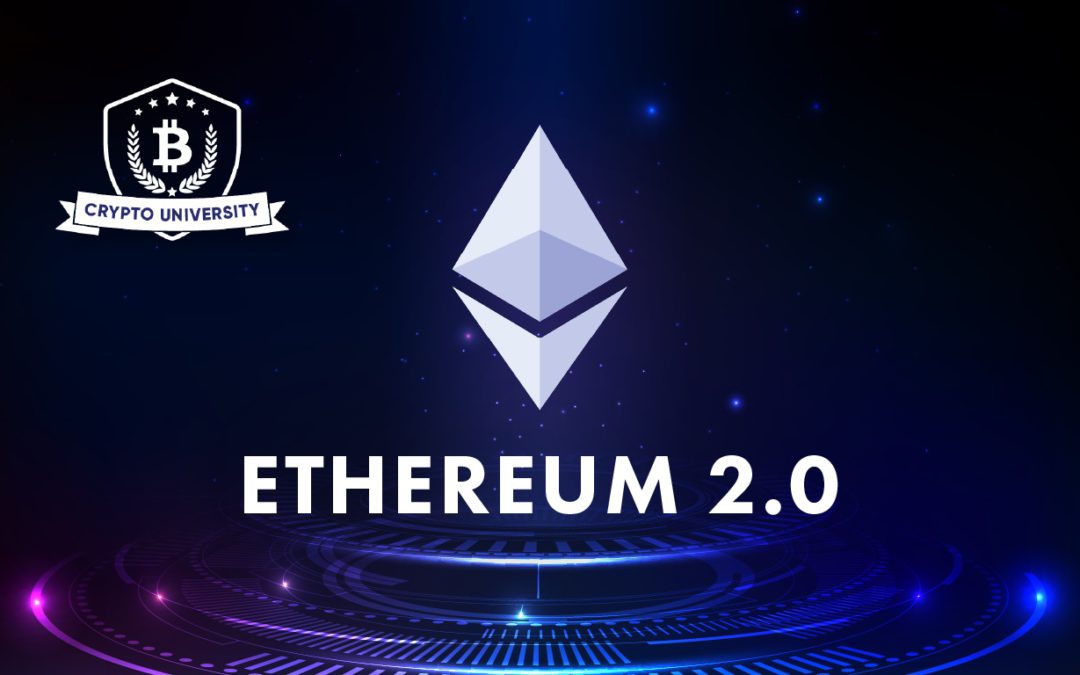The long awaited Ethereum upgrade, one that almost became a myth. Eth 2 or “Serenity” aims to deal with Ethereum’s main issues of scalability, speed and efficiency.
What is Ethereum 2.0
The update plans to solve the issues of scalability, speed and efficiency through Proof of Stake and Sharding.
Proof of stake involves using “validators” instead of miners to handle the processing power of the ethereum network.Validators provide new blocks, provide computing power, storage and bandwidth to the ethereum network to validate transactions.
In order to become a validator you have to stake 32 Eth. When a validator performs any bad practices or attempts to damage the network in any way then they lose their staked ethereum. Think of the staked ethereum as a fixed deposit that a tenant has to pay to the landlord when entering a furnished house.
The second change is the introduction of “sharding” . This refers to tasks on the ethereum network being split into multiple blockchains instead of a single blockchain; which allows a validator to work on “shards” instead of a whole blockchain which allows for higher efficiency and a lower need for one validator to have a dominant share of processing power.
Potential Returns
Original validators/stakers stood to gain up to 20% earnings based on their initial stake however, as we are now in February- this reward has gone down and these may lie between 6-15% as the pools get larger and your stake does not contribute a large proportion to overall pool size (Note: staking rewards are estimates and not guaranteed).
Risks
Although there are a lot of potential benefits of contributing to the Ethereum upgrade, the more Ethereum staked the higher the likelihood that the upgrade will be successful. However, stakers risk the fact that the staking period is indefinite, there is no set date on when the update will be complete nor is it guaranteed that it will actually be successful.
Stakers stand at risk of completely losing their Ethereum if the upgrade is not successful, and they do not know the potential returns of staking it either.
Whether you stake Ethereum or not is a question of how much you believe in the project, your understanding of it and your risk tolerance.
Staking ethereum can be greatly profitable if you are successful but you stand at risk of losing your Ethereum forever.
How to
If you plan to stake your ethereum, the easiest way is through a third- party such as Binance. This removes the hassle of running your own nodes, and ensuring you run a validator system for years or more.
A more detailed guide to how to run your own validator node and earn rewards is on this page if you have the technical know how.
DISCLAIMER: The opinions expressed in the Blog are for general informational purposes only and are not intended to provide specific advice or recommendations for any individual or on any specific security or investment product. It is only intended to provide education about the financial industry.
If you are interested in learning more about Cryptocurrency investing and trading, you have come to the right place.
We offer various Online Courses, which include learning the Basics of Cryptocurrency, trading, investing & even 1 on 1 Mentorships. These courses offer knowledge, skills & support through your journey of learning & reaching your goals as a trader & investor.
Click the link below & choose the course perfect for you.
